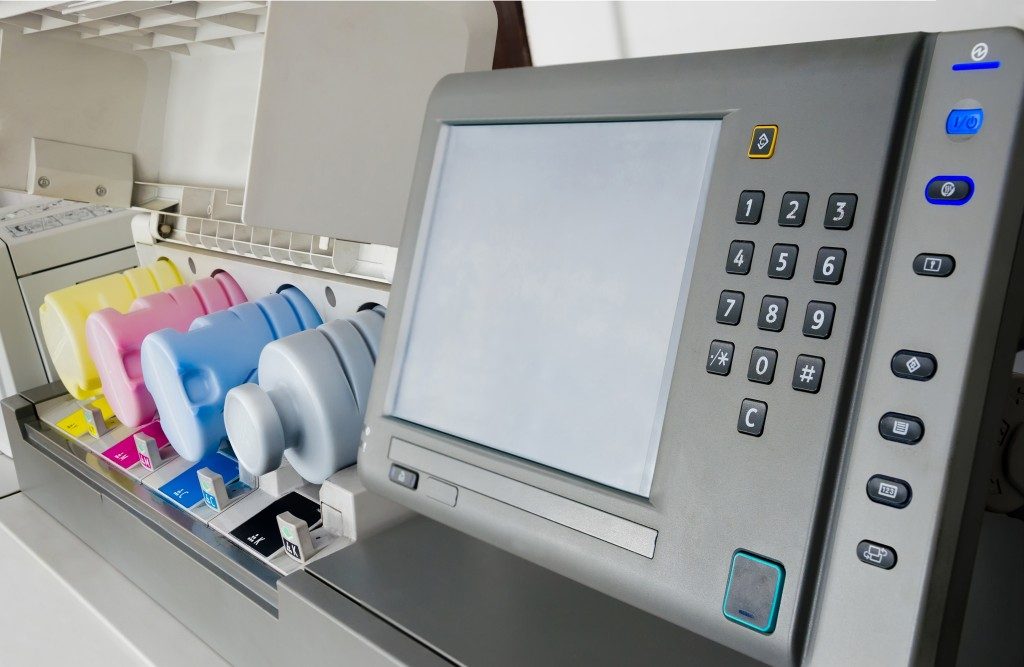Since the creation of the Xerox in 1938, computer printers have advanced to the point of printing 3D figures. Printers also remain as staples in workplaces and schoolrooms despite the recent push for digital media. Printer designs are also changing to reflect ecological and environmental concerns.
Presently, inkjet, laser, and dot-matrix printers are widely used for commercial and residential purposes. 3D printers have recently been made available to the public at varying price points. When you consider how printers started, these devices we deem ordinary now suddenly seem a lot more miraculous.
A Brief History of Computer Printers
The start of computer printers began in 1938 and the next innovation, the first high-speed printer, came decades later in 1953. Just a few years after that (1957), the first non-impact dot matrix printer entered the market. The development of the first laser printer came a year after the first serial impact dot matrix printer was released to the public in 1968.
Palo Alto was the site of development for the first laser printer. The development of the device began in 1969 and was finished in November 1971. Inkjet printers would not become household items until 1988, 12 years after its invention in 1976. Stereolithography was used in the first 3D printer, created in 1984.
Inkjet Printers
Inkjet printers got their name from their manner of printing. Nozzles or jets within the printer draw ink from one black ink cartridge and three cartridges containing primary pigments. When the printer receives data, the nozzles are instructed to spray ink on paper to form the document or image. Typical printers can render images of 300 dots per inch or higher.
Eco-solvent inks from brands such as Roland fuel inkjet printers. Inkjet printers are popular for their cost efficiency and quality when higher quality brands are chosen.
Laser Printers
Often used for office printing, laser printers are typically more expensive than inkjet printers. Laser printers use mini laser beams to produce images. These mini laser beams are able to print patterns on paper by reversing the charge of the photoreceptor. The pattern-charged photoreceptor, a cylindrical drum, is then coated with the appropriate pigment to print the image or text.
Dot-Matrix Printers
These older printers are still used in certain situations thanks to their quick printing ability regardless of document length. Inked ribbons are struck by pins to create printouts. The result of the patterns give way to its dotted appearance, hence its name.
3D Printers

Design a cup in a computer program and print it for use minutes later. At its most basic level, that’s what 3D printing promises to give users. Stereolithography allows 3D printers to do what it does. The process, as created by 3D printer creator Charles Hull, allows the creation of 3D models with digital data using acrylic-based photopolymer.
The process of 3D printing is additive. A layer of photopolymer is added on in a successive manner—quite like cross-sections piled together to form a whole object. 3D printed objects are quite sturdy when metal and engineering type filaments are used for their printing.
Despite the increased role of digital platforms at homes, schools, and work environments, printed documents and other materials retain their vital roles. Printed materials such as books, documents, records, advertisements, sensitive documents, and others will continue to exist for the benefits of many people.
